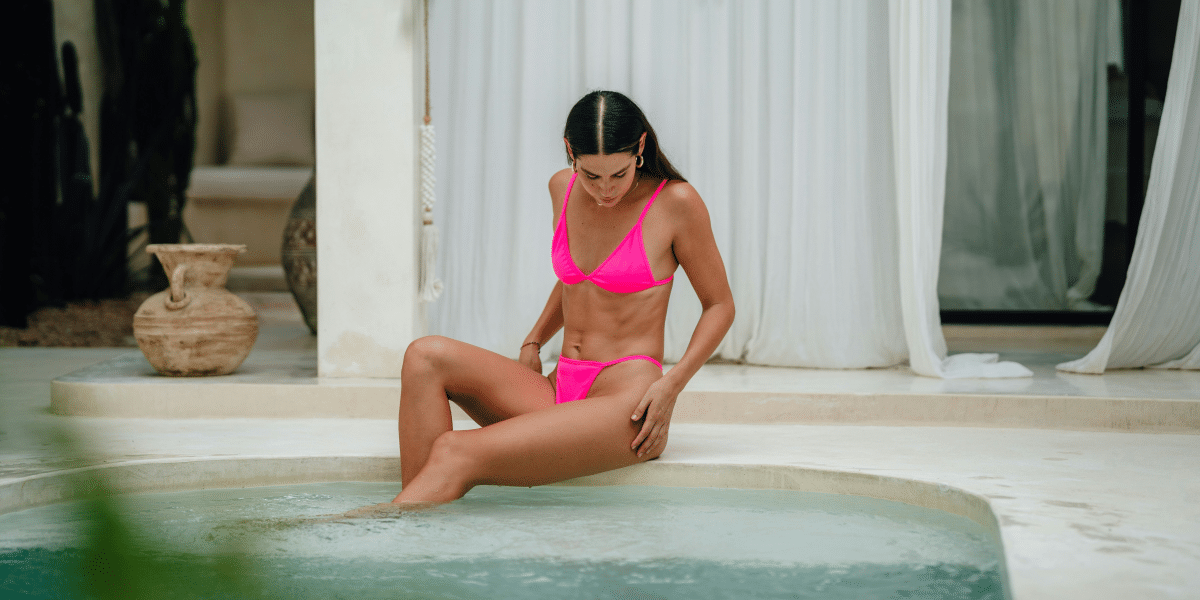Training for Competitive Swimming
Competitive swimming is a demanding yet rewarding sport that requires dedication, proper training, and the right gear. Whether you are a beginner or an experienced swimmer, understanding the key components of competitive swimming can help you achieve success. This guide covers essential aspects of training, participating in meets, and selecting the best gear for optimal performance.
Training is the foundation of success in competitive swimming. A well-rounded training program should include various elements such as technique improvement, endurance building, strength training, and flexibility exercises.
Technique improvement is crucial for efficiency and speed in the water. Swimmers should focus on mastering the four main strokes: freestyle, backstroke, breaststroke, and butterfly. Each stroke has specific techniques that need to be practiced regularly. Drills and video analysis can help swimmers refine their techniques and correct any flaws in their form.
Endurance building is essential for maintaining speed throughout a race. This involves long-distance swims, interval training, and aerobic exercises. Swimmers should gradually increase the distance and intensity of their workouts to build stamina. Consistency is key, so maintaining a regular training schedule is important.
Strength training complements swimming by enhancing muscle power and reducing the risk of injury. Swimmers should incorporate weightlifting, resistance exercises, and core workouts into their routine. Focus on exercises that strengthen the shoulders, back, core, and legs, as these muscle groups are heavily used in swimming.
Flexibility exercises help improve the range of motion and prevent injuries. Stretching routines and yoga can be beneficial for swimmers. These exercises should be done regularly, both before and after workouts, to maintain muscle elasticity and joint flexibility.
Participating in Swim Meets
Swim meets are an integral part of competitive swimming, providing an opportunity to showcase your skills and compete against others. Preparing for swim meets involves both physical and mental preparation.
Physically, swimmers should taper their training leading up to a meet. Tapering involves reducing the volume and intensity of workouts to allow the body to recover and peak at the right time. This period usually lasts one to two weeks, depending on the swimmer’s training cycle and the importance of the meet.
Mentally, swimmers need to develop strategies to handle the pressures of competition. Visualization techniques, where swimmers mentally rehearse their races, can be helpful. Developing a pre-race routine can also provide a sense of control and reduce anxiety. Swimmers should focus on their own performance and avoid comparing themselves to others.
During the meet, it’s important to stay hydrated and fueled. Eating a balanced diet with carbohydrates, proteins, and healthy fats will provide the necessary energy. Swimmers should avoid heavy or unfamiliar foods before races to prevent discomfort.
Understanding the rules and procedures of swim meets is also essential. This includes knowing the schedule, heat assignments, and the layout of the venue. Familiarizing yourself with the starting blocks, turns, and finishes for each stroke can help you perform better and avoid disqualifications.
Selecting the Right Gear
Having the right gear is vital for competitive swimming success. The primary pieces of equipment include swimsuits, goggles, caps, and training aids.
Swimsuits should be comfortable and provide minimal resistance in the water. Competitive swimmers often choose technical suits made from advanced materials that enhance speed and reduce drag. It’s important to ensure the suit fits well and adheres to the regulations of the governing body for competitions.
Goggles protect the eyes and improve underwater visibility. When selecting goggles, consider factors such as fit, comfort, and lens type. Anti-fog and UV protection features are beneficial for maintaining clear vision during races. It’s advisable to try on different styles to find the best fit for your face shape.
Swim caps reduce drag and keep hair out of the face. They also protect the hair from chlorine damage. Latex, silicone, and Lycra are common materials for swim caps. Silicone caps are popular for their durability and comfort. Ensure the cap fits snugly but comfortably.
Training aids, such as kickboards, pull buoys, fins, and paddles, can enhance your workouts. Kickboards help isolate the legs for kick training, while pull buoys isolate the upper body for stroke training. Fins increase propulsion and improve leg strength, and paddles help build upper body strength and refine stroke technique. Using these aids correctly can significantly improve your overall swimming performance.
Competitive swimming is a sport that requires a blend of physical training, mental preparation, and the right gear. By focusing on technique improvement, endurance building, strength training, and flexibility exercises, swimmers can enhance their performance. Participating in swim meets provides an opportunity to test skills and compete against others, while proper preparation and mental strategies can help manage the pressures of competition. Selecting the right gear, including swimsuits, goggles, caps, and training aids, ensures optimal performance in the water. With dedication and the right approach, success in competitive swimming is within reach.








